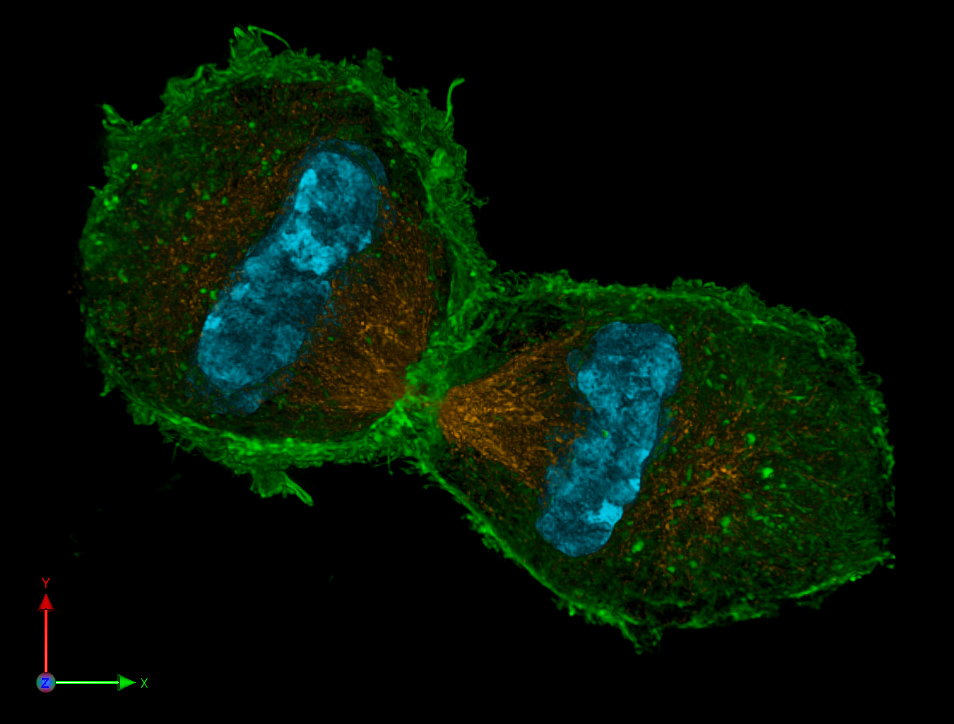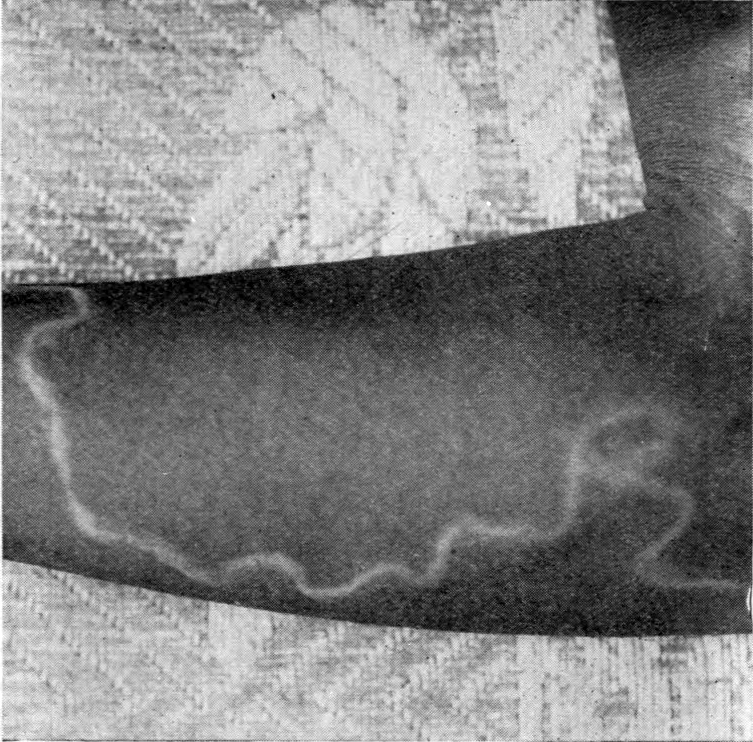|
Cognitive Biology
Cognitive biology is an emerging science that regards natural cognition as a biological function. It is based on the theoretical assumption that every organism—whether a single cell or multicellular—is continually engaged in systematic acts of cognition coupled with intentional behaviors, i.e., a sensory-motor coupling. That is to say, if an organism can sense stimuli in its environment and respond accordingly, it is cognitive. Any explanation of how natural cognition may manifest in an organism is constrained by the biological conditions in which its genes survive from one generation to the next. And since by Darwinian theory the species of every organism is evolving from a common root, three further elements of cognitive biology are required: (i) the study of cognition in one species of organism is useful, through contrast and comparison, to the study of another species' cognitive abilities; (ii) it is useful to proceed from organisms with simpler to those with more complex c ... [...More Info...] [...Related Items...] OR: [Wikipedia] [Google] [Baidu] |
Cognition
Cognition is the "mental action or process of acquiring knowledge and understanding through thought, experience, and the senses". It encompasses all aspects of intellectual functions and processes such as: perception, attention, thought, imagination, intelligence, the formation of knowledge, memory and working memory, judgment and evaluation, reasoning and computation, problem-solving and decision-making, comprehension and production of language. Cognitive processes use existing knowledge to discover new knowledge. Cognitive processes are analyzed from very different perspectives within different contexts, notably in the fields of linguistics, musicology, anesthesia, neuroscience, psychiatry, psychology, education, philosophy, anthropology, biology, systemics, logic, and computer science. These and other approaches to the analysis of cognition (such as embodied cognition) are synthesized in the developing field of cognitive science, a progressively autonomou ... [...More Info...] [...Related Items...] OR: [Wikipedia] [Google] [Baidu] |
Autopoiesis
The term autopoiesis (), one of several current theories of life, refers to a system capable of producing and maintaining itself by creating its own parts. The term was introduced in the 1972 publication '' Autopoiesis and Cognition: The Realization of the Living'' by Chilean biologists Humberto Maturana and Francisco Varela to define the self-maintaining chemistry of living cells. The concept has since been applied to the fields of cognition, neurobiology, systems theory, architecture and sociology. Niklas Luhmann briefly introduced the concept of autopoiesis to organizational theory. Overview In their 1972 book ''Autopoiesis and Cognition'', Chilean biologists Maturana and Varela described how they invented the word autopoiesis. They explained that, They described the "space defined by an autopoietic system" as "self-contained", a space that "cannot be described by using dimensions that define another space. When we refer to our interactions with a concrete autopoieti ... [...More Info...] [...Related Items...] OR: [Wikipedia] [Google] [Baidu] |
Embodied Cognition
Embodied cognition represents a diverse group of theories which investigate how cognition is shaped by the bodily state and capacities of the organism. These embodied factors include the motor system, the perceptual system, bodily interactions with the environment (situatedness), and the assumptions about the world that shape the functional structure of the brain and body of the organism. Embodied cognition suggests that these elements are essential to a wide spectrum of cognitive functions, such as perception biases, memory recall, comprehension and high-level mental constructs (such as meaning attribution and Categorization, categories) and performance on various cognitive tasks (reasoning or judgment). The embodied mind thesis challenges other theories, such as Cognitivism (psychology), cognitivism, computationalism, and Dualism (philosophy of mind), Cartesian dualism. It is closely related to the extended mind thesis, situated cognition, and enactivism. The modern version dep ... [...More Info...] [...Related Items...] OR: [Wikipedia] [Google] [Baidu] |
Homology (biology)
In biology, homology is similarity in anatomical structures or genes between organisms of different taxa due to shared ancestry, ''regardless'' of current functional differences. Evolutionary biology explains homologous structures as retained heredity from a common descent, common ancestor after having been subjected to adaptation (biology), adaptive modifications for different purposes as the result of natural selection. The term was first applied to biology in a non-evolutionary context by the anatomist Richard Owen in 1843. Homology was later explained by Charles Darwin's theory of evolution in 1859, but had been observed before this from Aristotle's biology onwards, and it was explicitly analysed by Pierre Belon in 1555. A common example of homologous structures is the forelimbs of vertebrates, where the bat wing development, wings of bats and origin of avian flight, birds, the arms of primates, the front flipper (anatomy), flippers of whales, and the forelegs of quadrupedalis ... [...More Info...] [...Related Items...] OR: [Wikipedia] [Google] [Baidu] |
Nematode
The nematodes ( or ; ; ), roundworms or eelworms constitute the phylum Nematoda. Species in the phylum inhabit a broad range of environments. Most species are free-living, feeding on microorganisms, but many are parasitic. Parasitic worms (helminths) are the cause of soil-transmitted helminthiases. They are classified along with arthropods, tardigrades and other moulting animals in the clade Ecdysozoa. Unlike the flatworms, nematodes have a tubular digestive system, with openings at both ends. Like tardigrades, they have a reduced number of Hox genes, but their sister phylum Nematomorpha has kept the ancestral protostome Hox genotype, which shows that the reduction has occurred within the nematode phylum. Nematode species can be difficult to distinguish from one another. Consequently, estimates of the number of nematode species are uncertain. A 2013 survey of animal biodiversity suggested there are over 25,000. Estimates of the total number of extant species are su ... [...More Info...] [...Related Items...] OR: [Wikipedia] [Google] [Baidu] |
Primates
Primates is an order of mammals, which is further divided into the strepsirrhines, which include lemurs, galagos, and lorisids; and the haplorhines, which include tarsiers and simians ( monkeys and apes). Primates arose 74–63 million years ago first from small terrestrial mammals, which adapted for life in tropical forests: many primate characteristics represent adaptations to the challenging environment among tree tops, including large brain sizes, binocular vision, color vision, vocalizations, shoulder girdles allowing a large degree of movement in the upper limbs, and opposable thumbs (in most but not all) that enable better grasping and dexterity. Primates range in size from Madame Berthe's mouse lemur, which weighs , to the eastern gorilla, weighing over . There are 376–524 species of living primates, depending on which classification is used. New primate species continue to be discovered: over 25 species were described in the 2000s, 36 in the ... [...More Info...] [...Related Items...] OR: [Wikipedia] [Google] [Baidu] |
Microbes
A microorganism, or microbe, is an organism of microscopic size, which may exist in its single-celled form or as a colony of cells. The possible existence of unseen microbial life was suspected from antiquity, with an early attestation in Jain literature authored in 6th-century BC India. The scientific study of microorganisms began with their observation under the microscope in the 1670s by Anton van Leeuwenhoek. In the 1850s, Louis Pasteur found that microorganisms caused food spoilage, debunking the theory of spontaneous generation. In the 1880s, Robert Koch discovered that microorganisms caused the diseases tuberculosis, cholera, diphtheria, and anthrax. Microorganisms are extremely diverse, representing most unicellular organisms in all three domains of life: two of the three domains, Archaea and Bacteria, only contain microorganisms. The third domain, Eukaryota, includes all multicellular organisms as well as many unicellular protists and protozoans that ar ... [...More Info...] [...Related Items...] OR: [Wikipedia] [Google] [Baidu] |
Genomics
Genomics is an interdisciplinary field of molecular biology focusing on the structure, function, evolution, mapping, and editing of genomes. A genome is an organism's complete set of DNA, including all of its genes as well as its hierarchical, three-dimensional structural configuration. In contrast to genetics, which refers to the study of ''individual'' genes and their roles in inheritance, genomics aims at the collective characterization and quantification of ''all'' of an organism's genes, their interrelations and influence on the organism. Genes may direct the production of proteins with the assistance of enzymes and messenger molecules. In turn, proteins make up body structures such as organs and tissues as well as control chemical reactions and carry signals between cells. Genomics also involves the sequencing and analysis of genomes through uses of high throughput DNA sequencing and bioinformatics to assemble and analyze the function and structure of entire genomes. Advan ... [...More Info...] [...Related Items...] OR: [Wikipedia] [Google] [Baidu] |
Phenomenon
A phenomenon ( phenomena), sometimes spelled phaenomenon, is an observable Event (philosophy), event. The term came into its modern Philosophy, philosophical usage through Immanuel Kant, who contrasted it with the noumenon, which ''cannot'' be directly observed. Kant was heavily influenced by Gottfried Wilhelm Leibniz in this part of his philosophy, in which phenomenon and noumenon serve as interrelated technical terms. Far predating this, the Ancient Greek Philosophy, ancient Greek Pyrrhonism, Pyrrhonist philosopher Sextus Empiricus also used ''phenomenon'' and ''noumenon'' as interrelated technical terms. Common usage In popular usage, a ''phenomenon'' often refers to an extraordinary, unusual or notable event. According to the ''Dictionary of Visual Discourse'':In ordinary language 'phenomenon/phenomena' refer to any occurrence worthy of note and investigation, typically an untoward or unusual event, person or fact that is of special significance or otherwise notable. ... [...More Info...] [...Related Items...] OR: [Wikipedia] [Google] [Baidu] |
University Of Adelaide
The University of Adelaide is a public university, public research university based in Adelaide, South Australia. Established in 1874, it is the third-oldest university in Australia. Its main campus in the Adelaide city centre includes many Sandstone universities, sandstone buildings of historical and architectural significance, such as Bonython Hall. Its royal charter awarded by Queen Victoria in 1881 allowed it to become the University of London, second university in the English-speaking world to confer degrees to women. It Adelaide University, plans to merge with the neighbouring University of South Australia, is adjacent to the Australian Space Agency headquarters on Lot Fourteen and is part of the Adelaide BioMed City research precinct. The university was founded at the former South Australian Society of Arts, Royal South Australian Society of Arts by the Union College and studies were initially conducted at its State Library of South Australia, Institute Building. The soc ... [...More Info...] [...Related Items...] OR: [Wikipedia] [Google] [Baidu] |
William Bechtel
William Bechtel (born 1951) is an emeritus professor of philosophy in the Department of Philosophy and the Science Studies Program at the University of California, San Diego. He was a professor of philosophy at Washington University in St. Louis from 1994 until 200 Bechtel was also the chair of the Philosophy Department from 1999 until 2002 and was heavily involved with thPhilosophy-Psychology-Neuroscienceprogram, serving at different times as Assistant Director and Director. Before that, he was a professor of philosophy at Georgia State University. Bechtel earned his PhD from the University of Chicago and his BA from Kenyon College. Bechtel's work in philosophy has focused on the philosophy of the life sciences. In particular, he has worked on cell biology, biochemistry, neuroscience, and cognitive science. Bechtel advocates a mechanistic approach to philosophy of science Philosophy of science is the branch of philosophy concerned with the foundations, methods, and implicat ... [...More Info...] [...Related Items...] OR: [Wikipedia] [Google] [Baidu] |







